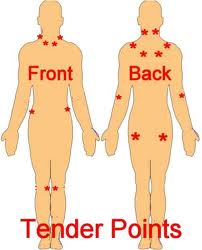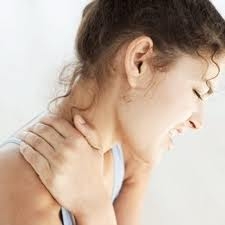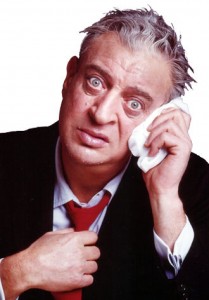Are you seeking a pain relief therapy for fibromyalgia?
It is estimated that as many as 10 million Americans may suffer from fibromyalgia. There is no one single test or screening that is used to identify this syndrome. Also, a person can have other associated conditions at the same time, which can further complicate the diagnosis.
Tender points can indicate need for fibromyalgia pain relief therapy
But one universal symptom of fibromyalgia is pain. Those diagnosed with fibromyalgia (also called fibromyalgia syndrome or FMS) are often left seeking an effective treatment for the widespread stiffness, pain, and tenderness that is present with this condition. In addition to the overall body discomfort, specific localized areas of pain and hypersensitivity, known as tender points, have been used to help diagnose fibromyalgia. Generally, when eleven or more of the eighteen points are present, fibromyalgia is indicated.
The underlying cause(s) of fibromyalgia is not known at this time. But PUSH Therapy has been used successfully as a fibromyalgia pain relief therapy.
Why PUSH Therapy as a fibromyalgia pain relief solution?
At Foster Muscle Therapy, treatment and education are combined to create individualized programs for each client. Pain, whether from fibromyalgia or some other source, is usually what drives people to take action. But chronic muscle tension, and its elimination, is the focus of the PUSH therapy sessions. Why?
Muscles that are chronically tight restrict blood flow, reducing the availability of oxygen and inhibiting the removal of waste products. This can result in pain and/or increased sensitivity to touch (a symptom of FMS). Muscles contract whenever they are stimulated. That includes touch and applied pressure. If the muscles are already tight and oxygen-deprived and they attempt to contract further, the result can be experienced as pain or discomfort.
A longer, less-restricted muscle will still contract when stimulated.
Need a fibromyalgia pain relief therapy?
But because the baseline resting muscle length is healthier, the tissue is not pushed to its limits where pain is felt. Physical treatment to reduce the chronic muscle tension then becomes an effective pain relief therapy for fibromyalgia.
The educational component of the program helps clients see how they (usually unknowingly) have created a pattern of chronic muscle tension. Helping clients understand how to perform all the daily tasks they need or want to do without rebuilding that tension is key to maintaining the positive changes achieved through treatment. The idea is to prevent the recurrence of the muscle tension so that not as much treatment is needed to maintain a more pain-free life. In that sense PUSH therapy is not so much a fibromyalgia pain relief therapy as a pain prevention therapy.
How long did it take before you had a diagnosis for your FMS? Have you been frustrated with the lack of treatment options? I'd love to hear your story.
If you would like to investigate PUSH Therapy further as a potential fibromyalgia pain relief therapy, please call (970) 590-2856.




















